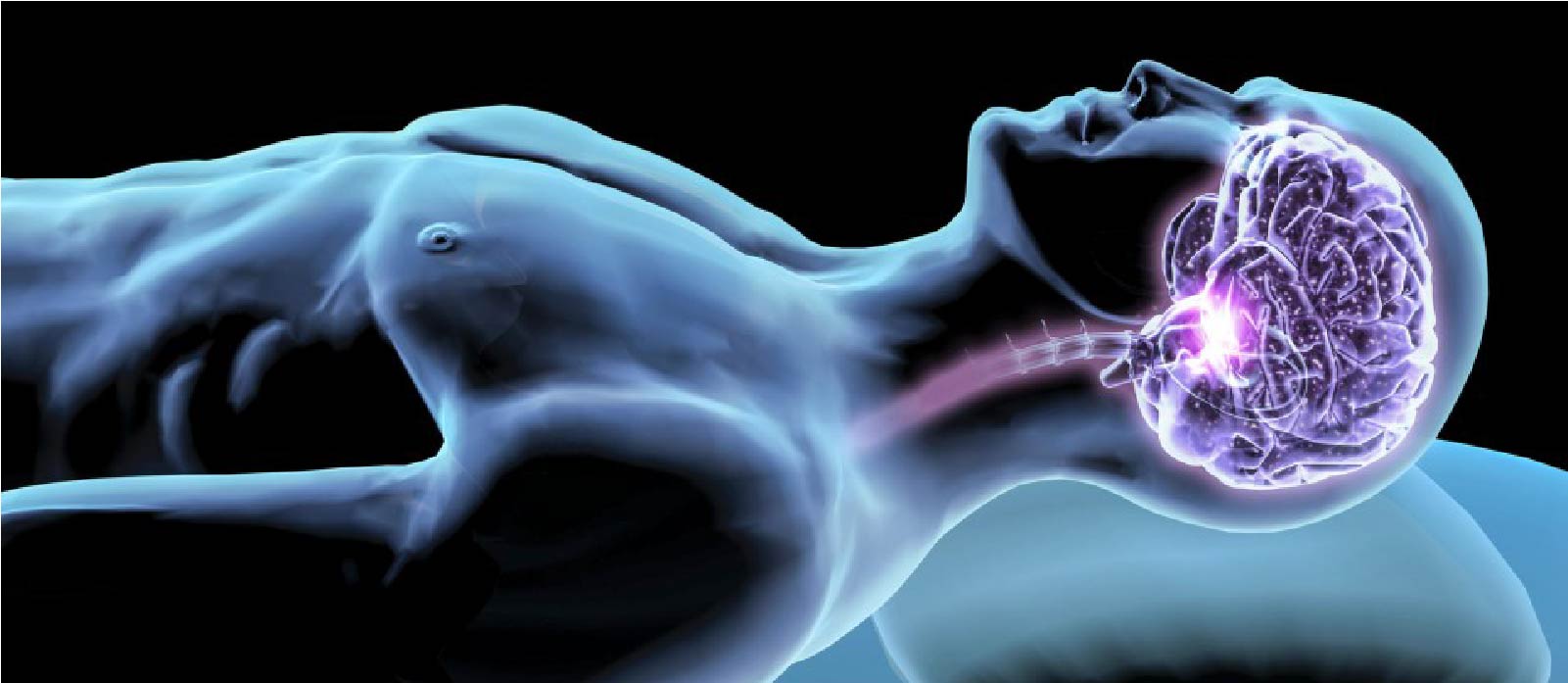It’s commonly known that certain botanicals can promote relaxation and transition into sleep as well as support sound, restorative sleep. What’s new and intriguing is that we now understand previously unknown mechanisms of action — many of these sleep-supporting botanicals contain compounds that interact with cannabinoid receptors, or share chemical similarity with cannabinoids, or both. These phyto-cannabinoids can provide similar benefits to those provided by hemp cannabinoids through comparable mechanisms in the body.
The body’s ECS, consisting of cannabinoid receptors, endocannabinoids, and enzymes, plays a crucial role in regulating various physiological processes, including sleep. As a regulator of mood and stress response, it can indirectly influence sleep and relaxation.
ECS Synergy of Plant Cannabinoids
While hemp-derived phyto-cannabinoids are the most well-known for their interaction with the body’s endocannabinoid system (ECS), did you know the world of botanicals offers a broader range of ECS-supportive options?
Lemon balm (Melissa officinalis) and hops (Humulus lupulus) have long been recognized for their relaxing and sleep-inducing properties. As our understanding of the body’s endocannabinoid system continues to grow, we now have deeper insight into how the calming and sleep-supportive effects of these botanicals may be attributed, at least in part, to their interaction with the ECS.
Both lemon balm and hops interact with the ECS through their plant constituents, particularly beta-caryophyllene, which is present in high amounts. Beta caryophyllene has been found to act as a selective agonist for the CB2 receptor and can interact with both receptors and enzymes to promote a sense of calm and well-being [1,2]. In fact, beta-caryophyllene has been the only terpene found to bind directly to CB2 receptors.
Beta-caryophyllene has also been found to inhibit an enzyme known as MAGL, short for monoacylglycerol lipase [3]. The MAGL enzyme is responsible for breaking down 2-AG (2-arachidonoylglycerol), one of the two main endocannabinoids the body produces that participates in the regulation of sleep and relaxation through its interactions with CB1 and CB2 receptors. Through beta-caryophyllene’s inhibition of the breakdown of 2-AG, the levels of 2-AG can be increased leading to prolonged activity, ultimately helping to promote relaxation, restful sleep and an enhanced mood.
Valerian, an herb also known for its calming and sleep-inducing properties, contains a number of active constituents, including valerenic acid and valeranon. Though valerian does not directly interact with the ECS, the ECS itself interacts with other neurotransmitter systems, such as the GABAergic system [4,5]. The ECS helps to regulate the release of GABA in the brain. GABA is an inhibitory neurotransmitter that helps regulate neuronal excitability, promoting feelings of relaxation and calmness. Valerenic acid has also been found to inhibit the enzymes that catabolize GABA, thus exerting sedative and anxiolytic effects [6].
Hemp-Derived Cannabinoids as Sleep Regulators
Hemp-derived cannabinoids, particularly cannabidiol (CBD), cannabinol (CBN) and tetra-hydrocannabinol (THC), have been studied for their sleep-supporting properties. In a randomized, double-blind, placebo-controlled study, participants with insomnia symptoms reported promising results after taking a combination of CBD, CBN and other cannabinoids over a two-week period. Participants reported an improvement in the time taken to fall asleep, time spent asleep and feelings of being more rested and refreshed upon waking.
By providing support for several sleep disruptors, CBD may allow for better sleep. Evidence points toward a calming effect for CBD in the central nervous system, which may ease anxiousness[10]. CBD is also shown to be helpful in relieving pain, enabling improved sleep.
Pre-clinical studies indicate that CBN inhibits synaptosomal uptake of dopamine, norepinephrine, serotonin and GABA. These studies suggest that CBN interacts with TRYP receptors to promote sedative, relaxing effects.
Research on the body’s endocannabinoid system is growing, and additional research will help us more fully understand the underlying mechanisms and the specific contributions of different compounds within these botanicals.
References
- Gertsch, Jürg, et al. “Beta-Caryophyllene Is a Dietary Cannabinoid.” Proceedings of the National Academy of Sciences, vol. 105, no. 26, 1 July 2008, pp. 9099–9104.
- Fidyt, Klaudyna, et al. “β-Caryophyllene andβ-Caryophyllene Oxide-Natural Compounds of Anticancer and Analgesic Properties.” Cancer Medicine, vol. 5, no. 10, 2016, pp. 3007–3017, https://doi.org/10.1002/cam4.816.
- Jost Klawitter, Weibke Weissenborn, MacKenzie Walz, et al. β-Caryophyllene inhibits monoacylglycerol lipase activity and increases 2-AG levels: a new mechanism of endocannabinoid-mediated analgesia?. Authorea. July 04, 2021.
- Yuan CS, Mehendale S, Xiao Y, Aung HH, Xie JT, Ang-Lee MK. The gamma-aminobutyric acidergic effects of valerian and valerenic acid on rat brainstem neuronal activity. Anesth Analg. 2004 Feb;98(2):353-358.
- Bruni O, Ferini-Strambi L, Giacomoni E, Pellegrino P. Herbal Remedies and Their Possible Effect on the GABAergic System and Sleep. Nutrients. 2021 Feb 6;13(2):530.
- https://ods.od.nih.gov/factsheets/Valerian-HealthProfessional/
- Srivastava JK, Shankar E, Gupta S. Chamomile: A herbal medicine of the past with bright future. Mol Med Rep. 2010 Nov 1;3(6):895-901.
- Kim TH, Custodio RJ, Cheong JH, Kim HJ, Jung YS. Sleep Promoting Effect of Luteolin in Mice via Adenosine A1 and A2A Receptors. Biomol Ther (Seoul). 2019 Nov 1;27(6):584-590.
- Walsh JH, Maddison KJ, Rankin T, Murray K, McArdle N, Ree MJ, Hillman DR, Eastwood PR. Treating insomnia symptoms with medicinal cannabis: a randomized, crossover trial of the efficacy of a cannabinoid medicine compared with placebo. Sleep. 2021 Nov 12;44(11):zsab149.
- Shannon S, Lewis N, Lee H, Hughes S. Cannabidiol in Anxiety and Sleep: A Large Case Series. Perm J. 2019;23:18-041.

